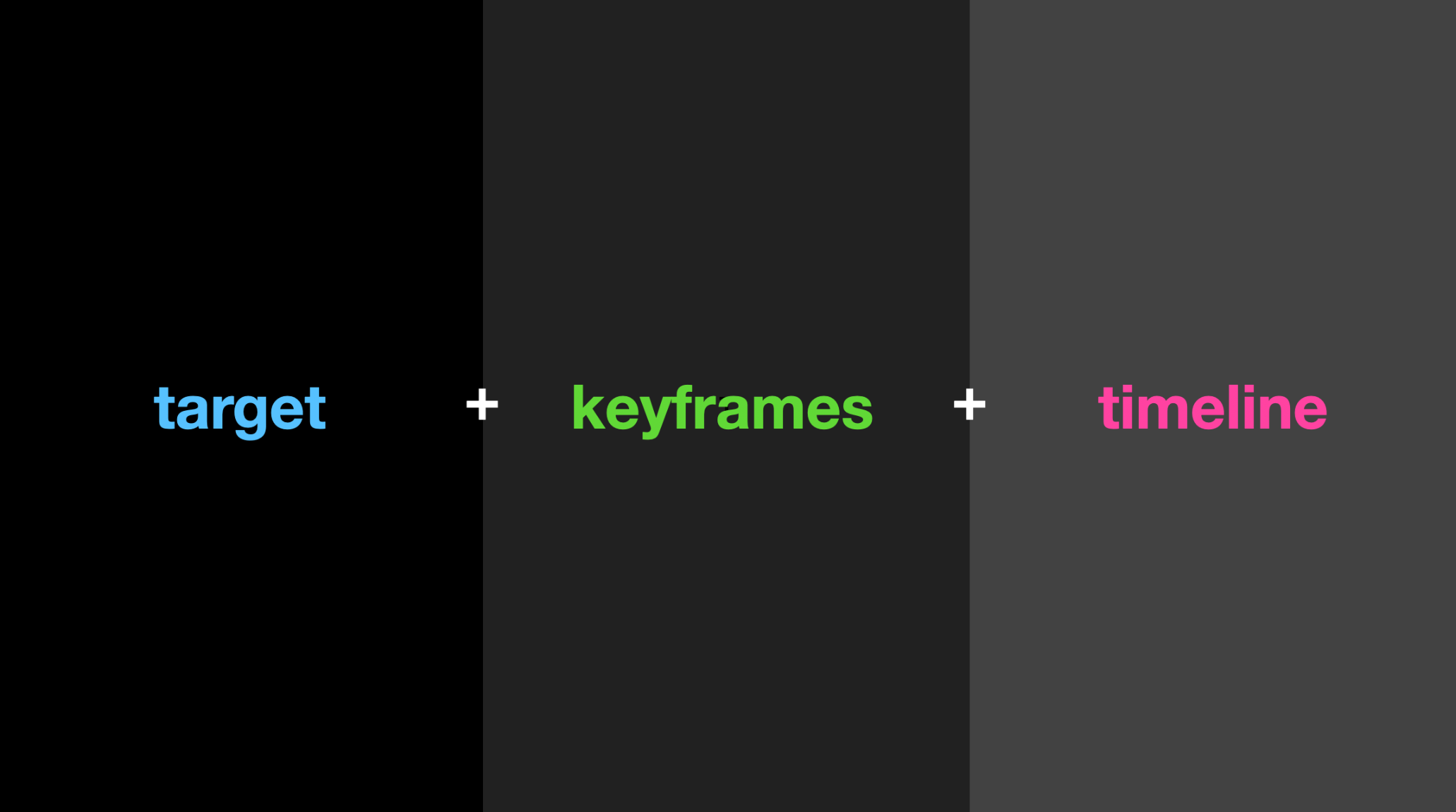fromSmashing Magazine
1 month agoSmashing Animations Part 6: Magnificent SVGs With And CSS Custom Properties - Smashing Magazine
Since I wrote that explanation, I've designed and implemented new Magnificent 7 animated graphics across my website. They play on the web design pioneer theme, featuring seven magnificent Old West characters. View this animated SVG on my website. (Large preview) <symbol> and <use> let me define a character design and reuse it across multiple SVGs and pages. First, I created my characters and put each into a <symbol> inside a hidden library SVG:
Web development

